#robin weaver
Text





SOPHIE OKONEDO & ROBIN WEAVER in INSIDE NO. 9 7.03
#sophie okonedo#robin weaver#inside no 9#nina lives kat#wlwedit#tvedit#gif#mine#so*#*#for anyone else who had a bad day#eyes hands smile#much to think about
341 notes
·
View notes
Text
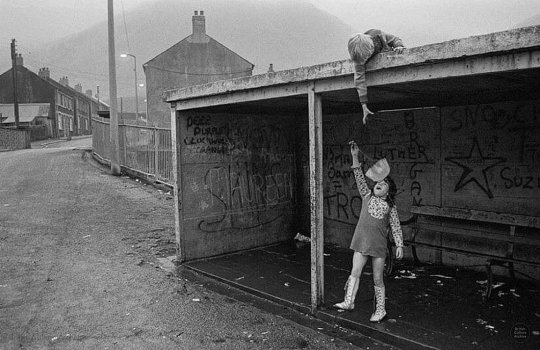
Photograph by Robin Weaver. Blaencwm, near Treherbert in the Rhondda Fawr Valley, South Wales, 1973. A paratrooper and those young girl’s boots.
43 notes
·
View notes
Photo
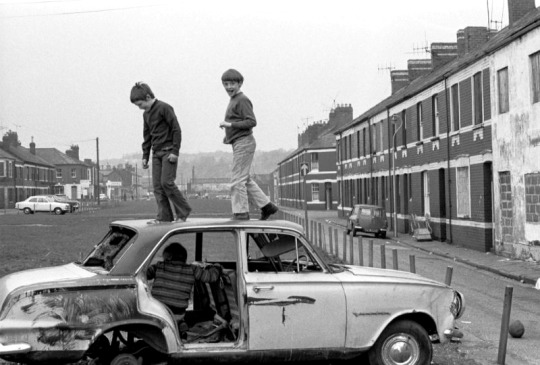
Pillgwenlly, Newport, 1970s
(Photograph: Robin Weaver)
64 notes
·
View notes
Photo

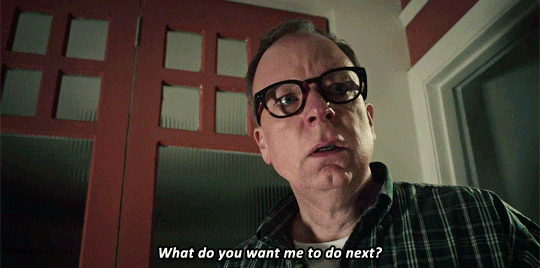
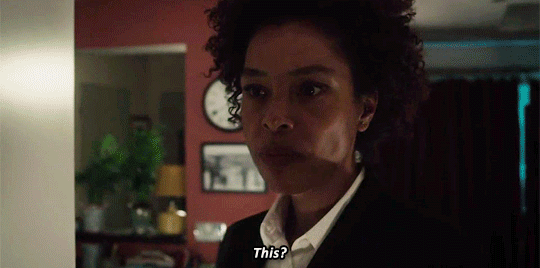


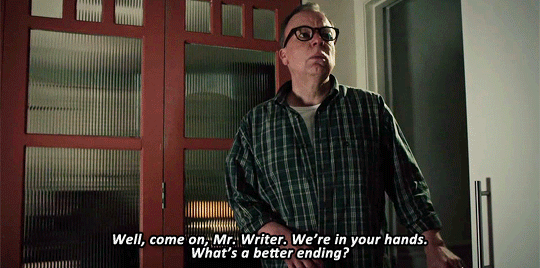

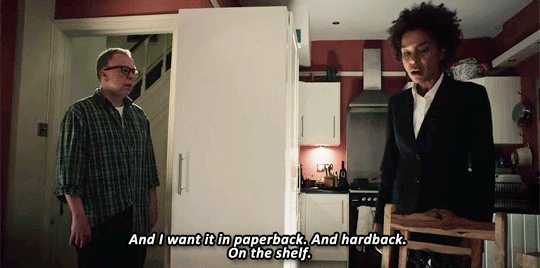

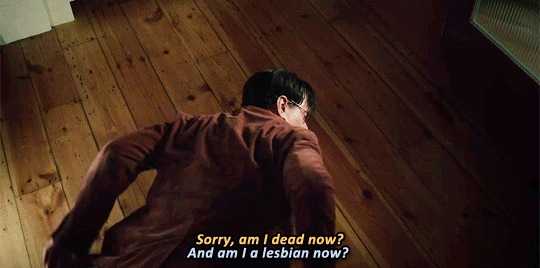
Inside No. 9 - 7x03 - “Or is that all in his head?”
#insideno9edit#inside no 9#sophie okonedo#steve pemberton#robin weaver#reece sheersmith#inside no 9 7x03#kat x philippa#out of context this abridged gifset must make so little sense#but I had to gif it#for my love#one of the sillier episodes#especially delightful was that the matilda actress is currently in queens of mystery too
184 notes
·
View notes
Text
Me after watching Nine Lives Kat:
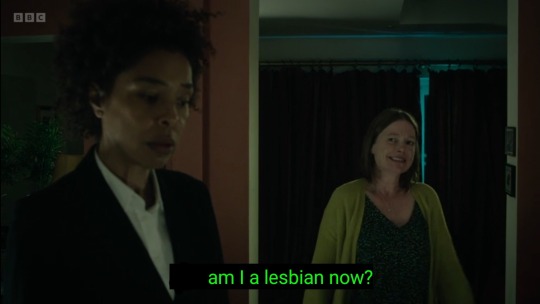
#what? no#the kiss scene totally didnt awaken anything in me#inside no 9#nine lives kat#reece shearsmith#steve pemberton#sophie okonedo#robin weaver
28 notes
·
View notes
Text
Robin Weaver
‘The reason photography got its start is because Niépce had thought: “There must be some way to capture the exact images we see with our eyes and within our minds?” Was there any way to capture family members, a beloved one, or good friends? What about the various things we come across in daily life, or the scenery we can see in this very moment? This undeniable human yearning was the impetus that pioneered photography. Thus, my simplest theory regarding photography: “Photographs are memories.'
― Daido Moriyama exceprt from "View from the Laboratory"
Photography and memory, the two are bound together at the click of a camera, as the moment that becomes an archive.
How is memory created from an image?
Robin's photographs are stories written with images, a journey into an ever more distant world, a haven for nostalgia.
We caught up with Robin to talk about his work:
What could you tell us about yourself?
I was born in South Wales and although spent part of my childhood in London, I always felt a strong connection with Wales. I studied photography at Newport College of Art in the early ‘70s. After leaving college I started work as a junior photographer on the evening newspaper in Newport, the South Wales Argus. After leaving Wales in the early 1980s, I worked for various provincial newspapers in England. I am now retired and pursuing my own photographic interests.
We have read that an exhibition has sparked your interest in documentary photography.
Do you remember how you started to photograph this style? Was it a particular project?
In my first year at college, I saw an exhibition by Henri Cartier-Bresson in Cardiff. This was a great eye-opener to me and inspired me to pursue a more documentary style.
What interests you when you take your photographs? Do you have a preconception of what you want to do or is it more spontaneous?
I don’t have any preconceptions when I am photographing. I may turn a corner and come across a moment or a scene that I feel needs to be ‘saved’ in an image that communicates an idea or feeling. I usually work quickly and don’t agonise about composition too much, finding that it is very intuitive with me, but it pleases me when things come together with a sort of poetry among the chaos of life in the street. Sometimes it is simply something ordinary I photograph that I feel in the future will have changed and will place the image to a particular time, eliciting responses such as ‘look at the clothes they wore then’, ‘weren’t the hair styles funny then’, ‘love those classic cars’ etc. This is why I think documentary photography is so important. I am recording history.
Which artists, not just photographers, have influenced your work?
When I was starting out four photographers come to mind as having inspired me – Cartier-Bresson as I have mentioned, Bert Hardy, Tony Ray-Jones and Robert Frank. As far as artists go, I always thought Degas had an interesting eye for composition. Very photographic in a way.
What memories do you have of how your connection with photography began?
My grandfather died before I was born but he was a keen photographer and it was his collection of photographs that sparked my interest. His images from the 1920s and 30s, fascinated me as a child; how ordinary scenes could become, with the passage of time, extraordinary, in the way they showed how life had changed over the years.


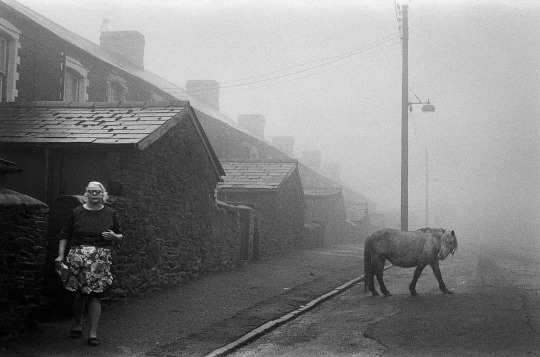
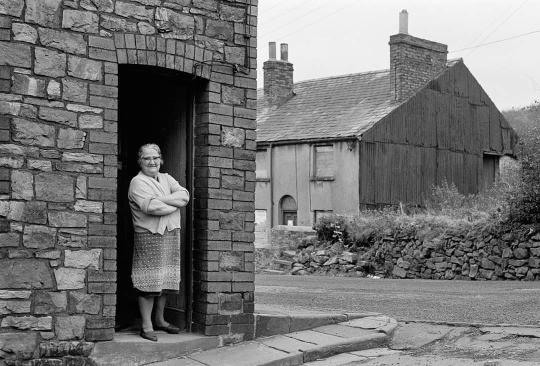

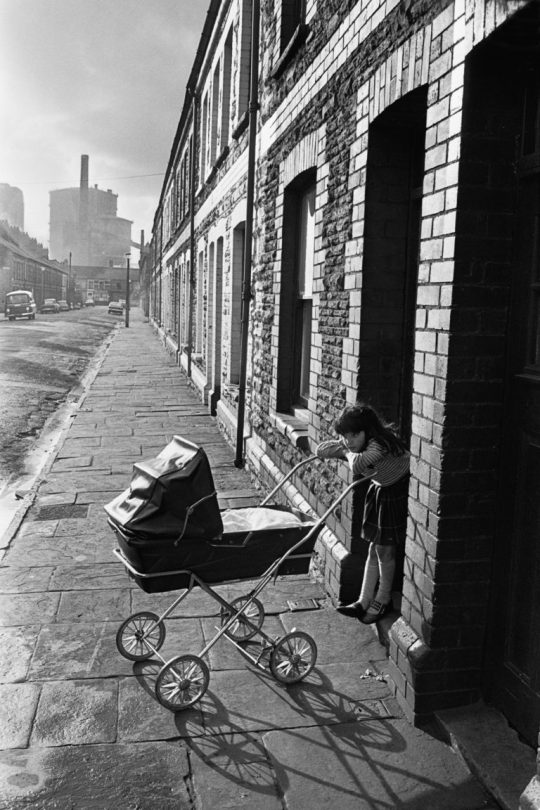
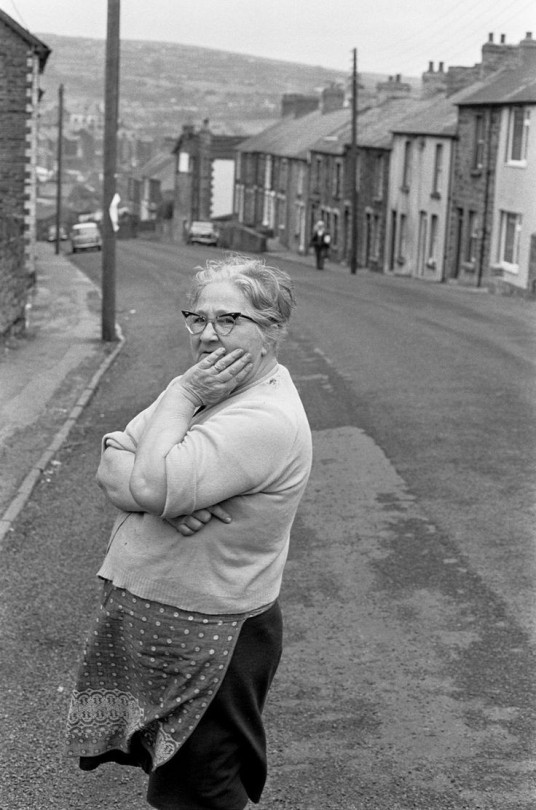
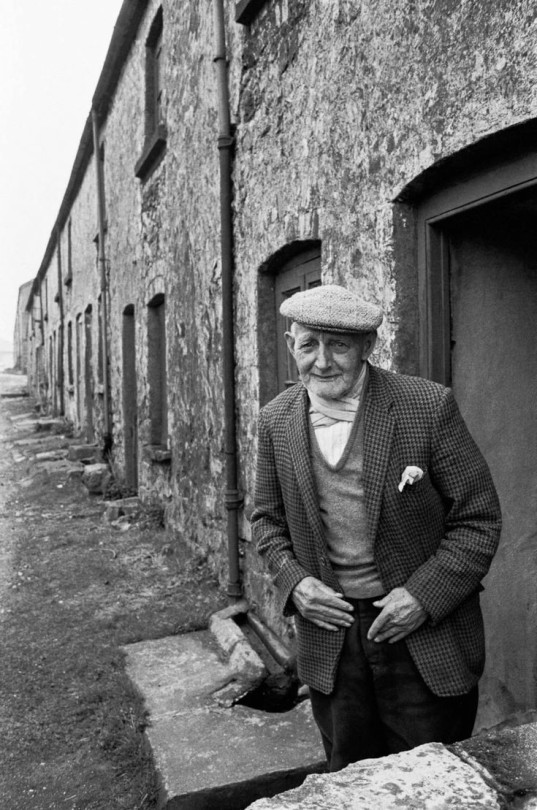

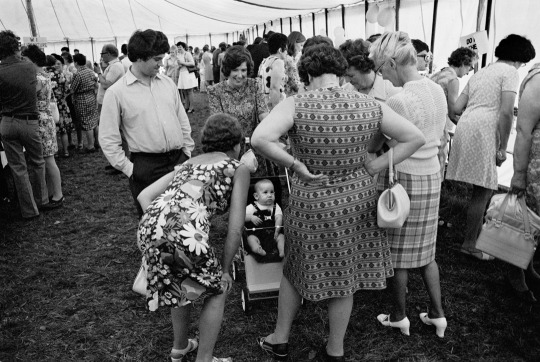
#robin weaver#photography#culture#art collective#photomagazine#art#london#bnwphotography#photojournalism#uk photography
6 notes
·
View notes
Text
This Frilly Pelisse dress is worn on Emma Fielding as Lady Montrose in Sanditon Season 3 Episode 5 (2023) and worn again on Robin Weaver as Mrs. Bennet in An American in Austen (2024)


#recycled costumes#sanditon#Emma Fielding#Lady Montrose#an american in austen#Robin Weaver#mrs. bennet#period drama#historical drama#costume drama#reused costume#reused costumes#costumes
0 notes
Text
One of the benefits of Christmas viewing is getting to spend time with this absolute fox
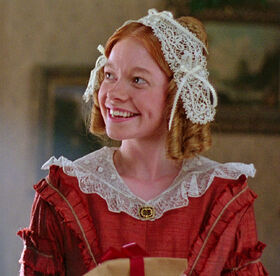
1 note
·
View note
Text
#jessica weaver#steroline#the devil wears prada#religion#lesbian gif#comedian#korea#Tntduo#hookah#dove cameron#robin buckley#game development#geralt of rivia
125 notes
·
View notes
Text
#sebaciel#dino#jessica weaver#steroline#the devil wears prada#religion#lesbian gif#comedian#korea#hookah#robin buckley#game development
121 notes
·
View notes
Photo

Pillgwenlly, Newport, 1970s
(Photograph: Robin Weaver)
44 notes
·
View notes
Text
#deep quotes#my candy love#contemporary#singer#bd/sm breeding#mtf trans#his dark materials#jonathan harker#sleeping beauty#calvin and hobbes#jessica weaver#comedian#robin buckley#girl blogger#fabric
120 notes
·
View notes
Text
How I see fictional mfs (it won't make sense):
Eddie Brock: father in law
Cletus Kasady: husband
Donna Diego: sister in law (schizophrenia sis meets schizophrenia bro fr)
But honestly all the life foundation mfs are my sibs along with Sleeper
Toxin: Son
Scorn: My unfortunate VTuber daughter
Peter Parker: Son
Wade Wilson: Son in law.. YOU KNOW WHY
Kurt Wagner: SON
Morph: Brother
Erik Lehnsherr: Boyfriend
Marc Spector: Dad
Marlene Alraune: mom
"Frenchie": cool uncle
Peter B. Parker: Dad
Gwen Stacy: Daughter
Miles Morales: Son in law
Pavitr Prabhakar: MY PERFECT SUNSHINE BOY SON
Hobie Brown: Brother
Cooper Coen: Brother (being gay is in the gene pool)
Peter Parker (noir): uncle
Penni Parker: cousin
Miguel O'Hara: husband
DC:
Clark Kent: DAAAAAD
Bruce Wayne: Uncle
Diana Prince: MOM
John Constantine: Dad 😬
Kent Nelson: Uncle
Larry Trainor: Husband
Cliff Steele: brother in law (bestie did that one idek)
Damien Wayne: little brother (YEAH IK)
Robin's are just my sibs though, I don't know why but don't make me explain because it still won't make sense
Arthur Curry: COOL UNCLE
#gay ass shit#family#family tree#dc comics#dc universe#dc#marvel#marvel comics#spiderverse#symbiotes#xmen 97#x men#xmen#justice league#john constantine#pavitr prabhakar#cletus kasady#doom patrol#web weaver#cooper coen#moon knight#frenchie#robins#batfam
16 notes
·
View notes
Text
Max print size: 60x40 inches, 100+ Free High Resolution Images Download, PNG Files
Alicia Silverstone, Cate Blanchett, Natalie Portman, Uma Thurman, Helena Bonham Carter, Frances McDormand, Meryl Streep, Sigourney Weaver, Charlize Theron, Julianne Moore, Robin Wright, Jodie Foster, Rachel McAdams, Emma Stone, Ellen Burstyn, Saoirse Ronan, Marlene Dietrich, Nicole Kidman, Sally Hawkins, Jennifer Lawrence and more actress and model.
#alicia silverstone#cate blanchett#natalie portman#uma thurman#helena bonham carter#frances mcdormand#meryl streep#sigourney weaver#charlize theron#julianne moore#robin wright#jodie foster#rachel mcadams#emma stone#Ellen Burstyn#saoirse ronan#marlene dietrich#nicole kidman#sally hawkins#jennifer lawrence
10 notes
·
View notes
Note
Okay, I NEED to hear your thoughts on a few issues I have with SPOP (I also mention TOH a bit towards the end but mainly trying to focus this ask on SPOP). Also, it's long as hell, so if you want to answer it in multiple parts that's totally fair.
I know the writing of the show just generally speaking isn't the best, however the one thing I thought was executed best was the villains of the show.
Shadow Weaver was a cruel maternal figure in Catra and Adora's lives, even so to Glimmer in Season 4 when she had felt isolated from her friends (her father too, in the past). With a grand sacrifice in the names of who she practically considered her daughters, she had atoned for her actions throughout the series, but regardless, she left serious impacts on the characters' mentalities. Whether she was forgiven by the characters was left vague, as if they weren't too sure how they felt themselves. I really liked that aspect, as the experience of mixed feelings when an abusive parental and/or authority figure dies can be very impactful for viewers. She was someone lustful for power and control, but I do genuinely think she had a soft spot for Adora at the very least, which is why she had tried isolating her from the others in her squadron so often. I think it was in an effort to harden her resolve so her potential wouldn't be wasted, though of course, this was not done in a positive or healthy manner.
Hordak attempted to conquer Etheria in an effort to be recognized by Horde Prime. But then he meets Entrapta, who helped him with repairing his disability aid (that being the First Ones tech to keep his body stable, the very thing Hordak was shunned and abandoned for by Prime) and receiving validation for the "imperfection" he referred to his disability as ("Imperfection is beautiful! At least, to me."). That was the inciting moment where his motivation and goals shifted, but due to Catra's actions — her attacking Entrapta, then fabricating a lie that he had once again been abandoned, and later on being unapologetically ableist and apathetic by removing his aid, the aforementioned tech, and having him literally crawl on the floor in pain before her to address her power over him — he returned to prior goals until Double Trouble spilled the tea and sent him on a rampage after Catra. (And yes, I haven't forgotten the scene where he cuts off her oxygen, but she's not shown to be an asthmatic or having any respiratory issues, so that's shitty yes, but not ableist. And that was in either S1 or early S2, before he had really encountered Entrapta, so that's another thing to keep in mind.)
Skip through the Horde Prime mess, and he ends the series being sent to Beast Island to clean up according to Stevenson, whereas characters like Catra (who quite literally fucked more shit up than him somehow with the portal, nearly destroying the world) get off scot-free because...She got the heaping dose of writer's favoritism, I guess. Also his atonement for his actions was stated as Word Of God by Stevenson on Twitter, not explicitly in the show, so it's completely fair to take it with a grain of salt and/or have it be up to viewers' interpretation.
I'll also put Entrapta and Scorpia here real quick, but I'll keep it brief cause this is already so long. I think Entrapta is by definition chaotic neutral, where she will go to lengths and extremes in the name of science and personal interest, but doesn't care about the war or which side she appears to be on. Yes, she absolutely appears to be on the side of the horde by the end of S1, but exclusively because they offer the most tech for her to work with (that and the other princesses never appeared to be fond of her…); she never seems to pay the war any mind.
I thought Scorpia was a decent enough character, I could tell from the get-go she would be eventually redeemed and while I don't think she's perfect, her redemption was leagues better than the other arc I'm thinking of…
I decided to put Catra as her own bullet point cause WHEW there's a lot. Catra as a character was objectively best when she was a villain. And considering how she crossed the threshold of "in too deep," beyond the lengths even HORDAK was willing to go (again, literally almost ending the world out of nothing but pure spite and hatred for Adora """abandoning""" her), all because she couldn't abuse Adora and blame her for everything bad that happened to her anymore, it was strong antagonist characterization. One that the writers poorly chose to just throw out the window at the last second for some Starco-esque endgame for fanservice/the creator's favoritism that DID NOT feel deserved. Yeah, Starco. I said it.
While having a relationship between two lesbians (if memory serves me right, feel free to correct me if one of them's sapphic) is very important for representation in media, Catradora had to have been one of the worst examples of good lesbian/WLW representation I've seen to date. It's toxic, it's abusive, and Adora's got some serious Stockholm syndrome with Catra being her abuser. It is genuinely unsettling how many people act like it's healthy and normal or will excuse it because "Catra has [Insert disorder/disability here] so the abusive behavior is justified" when explanations for behaviors =/= valid excuses. Adora for sure had PTSD but she never acted as irrational and cruel despite her upbringing.
And also, that is extremely ableist shit to say, too. Just because someone has a mental disorder or disability of some kind doesn't excuse them to just be a disgustingly horrible person to the people they claim they care about. If Catra REALLY loved and cared for Adora, we would've seen an effort on her end to change the shitty fucking behaviors she exhibited. But when Adora goes through hell and back to save her sorry ass, she goes right back to the abusive, manipulative, bitchy person she's always been. Hell, her "adorable confession scene" IS JUST HER MANIPULATING ADORA BY SAYING ADORA HAD CONSTANTLY ABANDONED HER WHEN SHE NEVER DID THAT. ONCE. Hearing the "just this once, stay" part at the end sounds like it came from an abusive ex begging Adora to get back together, not a heartfelt romantic gesture from a soon-to-be lover.
Not to mention the odd implications of Shadow Weaver being akin to a mother figure to BOTH of them (didn't she call them her children???) throughout their lives, as well as Kyle believing they, Lonnie and Rogelio to be his siblings, family, before Lonnie yells at him…Like, the fact even ONE of the squadron members saw the others as siblings ALONGSIDE S.W.'s maternal shtick, it's a huge weird ass red flag. I'm not gonna claim it's incest because I don't believe that was the intention by the writers, but they also heavily imply such with the aforementioned information the show provides...They should've just had Catra and Adora be friends from separate squadrons if they didn't wanna make it feel so icky (as if the abusive shit doesn't make the relationship gross enough). Lonnie yelling at Kyle saying "we were never a family" or whatever feels like the writers speaking through the character to justify Catradora being canon, especially with how the characters act around each other in S1 and in flashbacks. I have siblings, that's shit siblings do. Don't even get me started with Kyle and Rogelio dating in the end, either...Idc what ANYONE says, he literally stated explicitly that he viewed Rogelio as a brother for most of their lives, that makes me ill.
I have gripes with both Steven Universe and The Owl House as well, don't get me wrong, but I feel Garnet/Rupphire and Lumity were both objectively better written lesbian/sapphic pairings (my personal favorite of the two being Garnet), as well as the positive and healthy representation lesbians and sapphics heavily deserve. The SPOP writers completely dropped the ball with the enemies-to-lovers bit, like, horribly. Catra post-S4 is just a horribly written """redeemed""" character who should've stayed bad to the bitter end ala S.W.
I feel like both SPOP and TOH's writing integrity is severely diminished when it comes to the Tumblr-humor thing you had mentioned in a previous post. I think if not for Eda, I genuinely wouldn't have continued TOH past the first couple of episodes because of it, and it only got worse over time, especially in the last couple of S3 episodes. Which one was worse, or if both were the same as far as the humor goes, I wanna know your thoughts. I haven't seen SPOP all the way through since about a year ago, but I feel like it wasn't as bad as TOH — at the very least, to my memory of the show, SPOP knew not to crack dumbass one liners in the midst of a genuinely serious moment.
I'll put this here as well, but if you can think of anything else to discuss PLEASE do so, I want to hear all the tea.
Oh my god Hi! So sorry for the late response!
I'll separate this into bullet points so it's easier to navigate
She-Ra's writing
Shadow Weaver
Hordak (+ Entrapta and Scorpia)
Catra(dora)
She-Ra and Representation (Double Trouble)
Ok so let’s get this out of the way first: I am not a fan of She-Ra, even on my first watch I heavily disliked it. I was one of the people that watched it in its original run, I tuned in right after season 2 was released, circa a week or so later. And even THEN, in 2019, as a wee little 15-year-old, who has JUST realized that I wanted to pursue writing as a career, I noticed just how inconsistent the writing is.
So, She-Ra’s writing, just overall writing, is something I’ve always had an issue with. A lot of the characters felt inconsistent. Frosta is the first example that comes to mind. She is a child, however, in season 1 she is presented as a mature, strict, amazing leader of an entire kingdom, however, later on, she’s just dumbed down to a “haha annoying child” for attempts at some incorrect-quote-esque dynamic and dialogue. You've mentioned it too with The Owl House and She-ra has the exact same problem, however, I'd say on a much more jarring and apparent level. With the Owl House, as annoying and out of pocket as these incorrect-quote-esque jokes are, they're still kids, they're children and I'd say The Owl House has a much more slice of life/comedy approach to its writing than what She-Ra intended to have. As I've said, with She-Ra it's more jarring, since it's more of a fantasy/adventure/action/drama type of show, at least that's what it was going for, the jokes stand out a lot more, and feel as though they're just haphazardly thrown in there for the sake of fan service. Which, in turn, makes the characters feel as though they lack dimension. Adora is my prime example of this, there have been so many instances where, for the sake of fan service, she has been dumbed down to the very popular "stupid strong golden retriever" type of character in a sapphic dynamic.
A character that stood out to me as one of the better-written ones is Shadow Weaver. Her dark and brooding nature was always interesting to me, not to mention Lorraine Toussaint did a fantastic job. Something I admire about her character writing is that they never made her abuse over the top, they never made her too loud or too abusive to the point you can point a finger and say "Well that's just a stereotypical abuser in media!", which, again, I really appreciate about the show. I won't say they made her realistic, but out of all the characters, I'd say she came closest to being such.
Hordak I didn't and still don't have much opinion on, his overall villain characterization and motivation are pretty standard, especially for, what's marketing itself as, a kid's cartoon. What did stand out to me, however, was his covert disability. Now what do I mean by covert? It's pretty clear he's disabled. Covert in terms of symbolism, I have not been able to find what actual disability his disability is supposed to represent, I've seen people interpret it as diabetes, I've seen people interpret it as an autoimmune disease, while I myself have interpreted it as a heart transplant/ heart disease and his disability aid as a pacemaker. As my grandfather was one of the first and longest-living people with a heart transplant + pacemaker in Croatia, I've seen many side effects of it and it aligns quite well with Hordak's disability. Though it didn't feel like blatant sympathy points (unlike some other character that I will talk about later), it gave him more characterization outside of being "a big bad villain guy". His and Entrapta's story is one that I found quite endearing and it felt like it flowed naturally, no pushing them together, no forcing it, it felt genuine and nicely paced. Scorpia is also a very sweet character, nothing much to say about her except I really enjoyed it whenever she was on screen. Her character design is one of my favorite's in the show and don't even get me started on Lauren Ash because she did a FANTASTIC job!
Catra though is an entirely different story. I never liked her. On any level. Her as a villain also didn't sit right with me, she never felt like a true villain and in the end never felt like a true "hero" or good guy, hell I can't even label her as an anti-hero. I can just label her as... Catra; a weak attempt to write a morally gray antagonist. Or rather, a lot of cliche dialogues and plot points jumbled into one of the antagonists. I think her weak characterization ties in with the fanfiction-esque style of writing I talked about earlier. I also can't sympathize with her character at all, not for a lack of trying or my prejudice, but because the writer's favoritism and the writer's sympathy are ALWAYS pushed onto Catra so much. The consequences of her actions are practically non-existent and when they are, they are framed as though it's the other character's fault (ie. Catra being alone after Adora left.).
What I mean by that is, most of the bad things that happen to Catra, do not happen to her because of something she did, but rather her circumstances, she just keeps doing bad things and gets away with it. There are no consequences for anything that she does. This might be a stupid analogy, but let's say I slap one of my friends and they do not react, however, when I get home my mother slaps me. These are two separate occurrences that, while they do evoke empathy for me (or rather the lyrical I in this hypothetical) since I am being abused, have nothing to do with each other in terms of consequence for what I have done to my friend. Now, if I slap my friend and they either slap me back or perhaps yell at me for doing so, that is a consequence of the action I have done. We rarely see the latter with Catra, in most of the abuse scenes, most of her breakdowns, and most of the scenes that are framed in a way that we as the viewer as supposed to feel bad for Catra in, are just sympathy points. They are FRAMED (writing, voice acting, editing, pacing of the scene) so we feel bad for her and almost as to excuse everything she has done as some kind of defense mechanism almost. This is getting a bit long and I still have 2 points I want to talk about, so I will stop the Catra portion here. Feel free to ask for other specifics or a better explanation if you want!
And now we go onto, Catradora. From my previous section, you might have guessed I am not a fan of the relationship. As much as I'd love to go into detail about how abusive Catra is throughout all of the seasons, their relationship was written as a friends-to-enemies-to-lovers romance, so I'll disregard the portion of the time they were enemies in. Nevertheless, even if you do cut out that portion of their relationship, they are still quite a toxic and abusive couple. When they were growing up, Catra didn't let Adora hang out with the other kids, going as far as scratching her across the face when Adora suggested Catra, Adora, and Lonnie all be friends. Throwing her, jumping on her stomach with the intent of hurting her. Not to mention the manipulative nature of the love confession. And this is something I haven't seen people talk about, but... Adora does not and cannot make Catra feel safe and loved. And that, I believe, is one of the core problems of their relationship we see this, especially in the last season. No matter what Adora does or says, Catra simply does not believe her. I am sorry to cut this short here, with such a strong and in many ways controversial statement, but, as I said, always shoot me an ask for a more in-depth explanation!
The last portion I want to talk about is Double Trouble...and the fact that they're the only non-binary character within the show. I won't talk about their role in the story, an LGBTQ character can be evil or neutral, they don't always have to be good, as long as their villainous behavior is not a damaging stereotype for the community (such as a lesbian character praying on another woman) or their behavior isn't romanticized (ie. Catra). Double Trouble is I believe one of the more damaging representations of the show. They are a non-binary, shape-shifting lizard who imitates anyone they want to gain and manipulate and sees it as performance... Which is one of the MOST COMMON THINGS I've seen non-binary people being labelled as. As well as the only non-binary character within the show not being human, when most, if not all, other characters are human or human-adjacent. When I say Double Trouble is not only a bad but harmful representation of the non-binary community, I really mean it.
Thank you so much for the ask, I hope I was able to articulate my points well! And sorry for this post being incredibly long!
#robin reflects asks#robin reflects on shera#spop critical#spop criticism#anti catra#anti catradora#hordak#shadow weaver#doube trouble critical
25 notes
·
View notes
Text
Every day that passes I'm one step closer to making an au fic from Brynne Weaver's Butcher & Blackbird to suit my own gay steddie-shipping needs.
#eddie would be blackbird#chrissy would be his lark#robin is lachlan#steve is butcher#steddie#steve harrington#eddie munson#butcher and blackbird#butcher & blackbird#brynne weaver#steddie au
13 notes
·
View notes